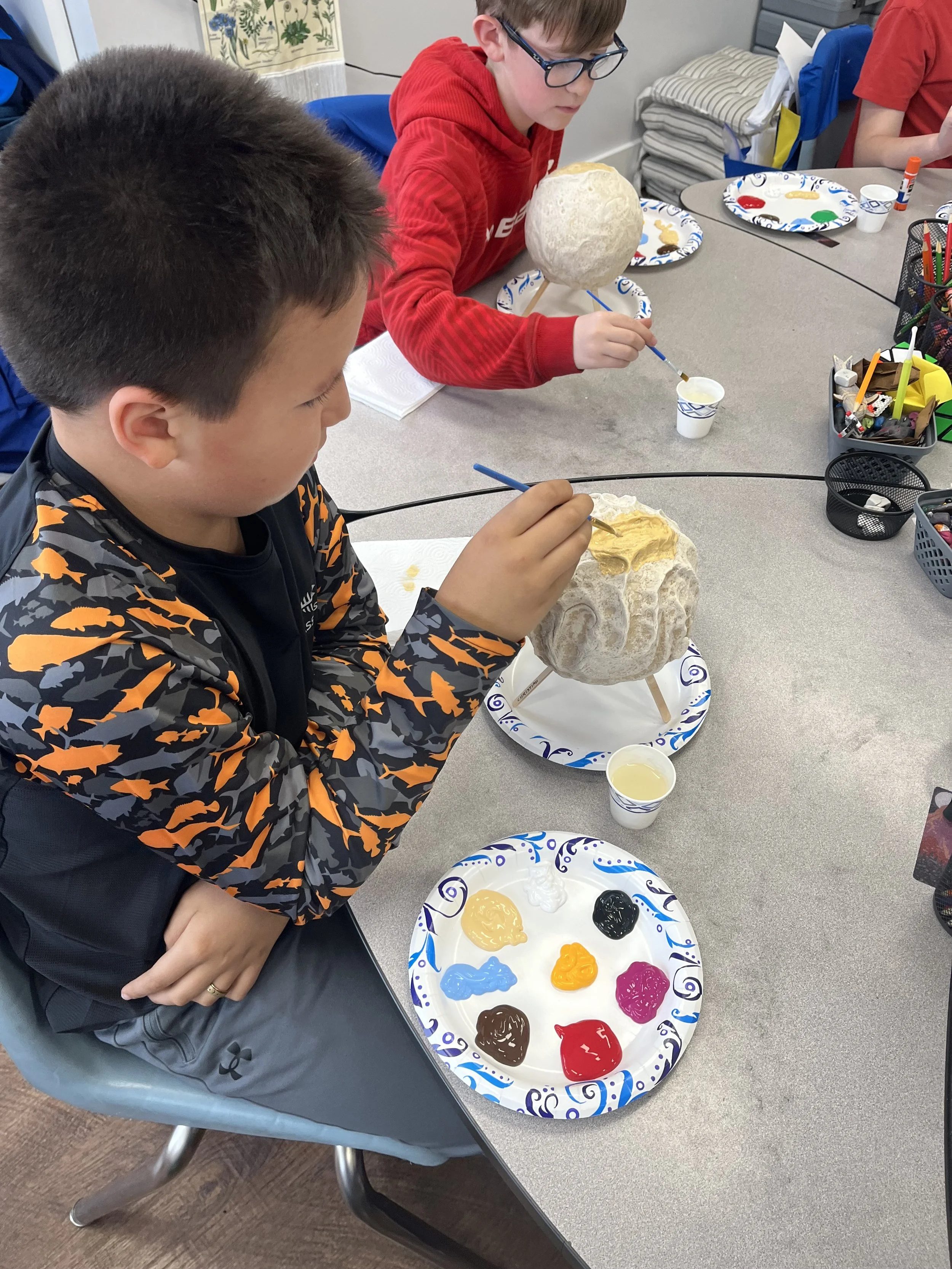Learning that sticks
Decades of research show that students learn best when they apply knowledge in meaningful, hands-on ways. Students who participate in project-based, applied learning:
Develop deeper content knowledge
Retain information longer
Strengthen problem-solving skills
Improve collaboration
Build self-direction and confidence
These benefits extend far beyond the classroom and directly support college and career readiness. Simply put: when students see the relevance of what they’re learning, they rise to the challenge.
K-8
Problem-Based Learning (PBL)
In elementary and middle school, learning comes alive through hands-on, collaborative challenges.
Students might build a model city to understand government systems, engineer earthquake-proof structures while studying geology, or launch marshmallows from catapults to learn about physics and force.
These immersive experiences deepen understanding while building teamwork, communication, and critical thinking skills.
9-12
Internships & real-world learning
In high school, students take applied learning even further. Each year, they complete a one-week internship aligned with their personal goals—whether shadowing engineers at a tech firm, assisting in a university research lab, or collaborating with a local nonprofit on a community initiative.
Through these experiences, students build skills, develop resumes and portfolios, and gain clarity about their future academic and career paths.


